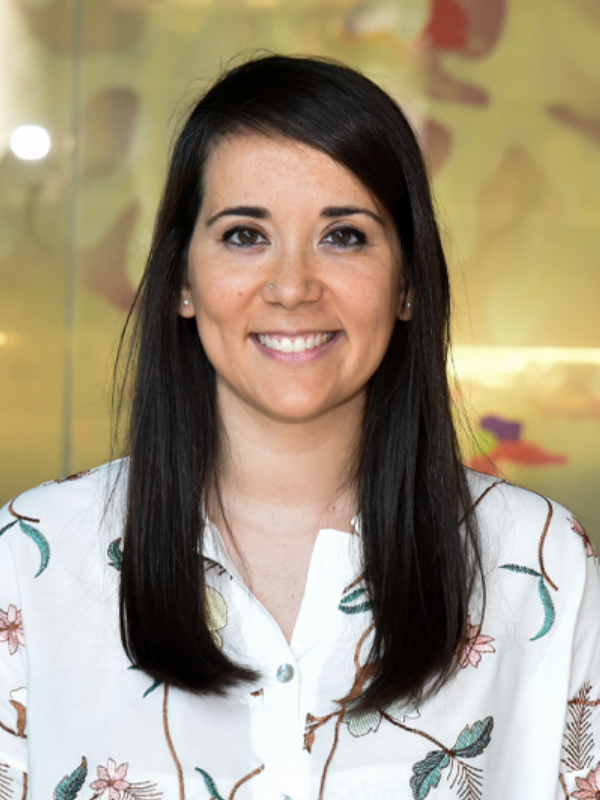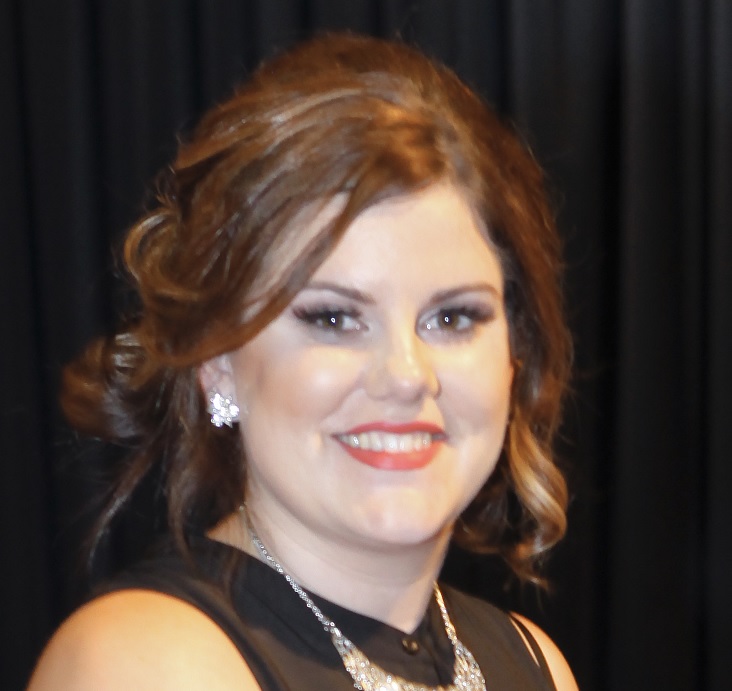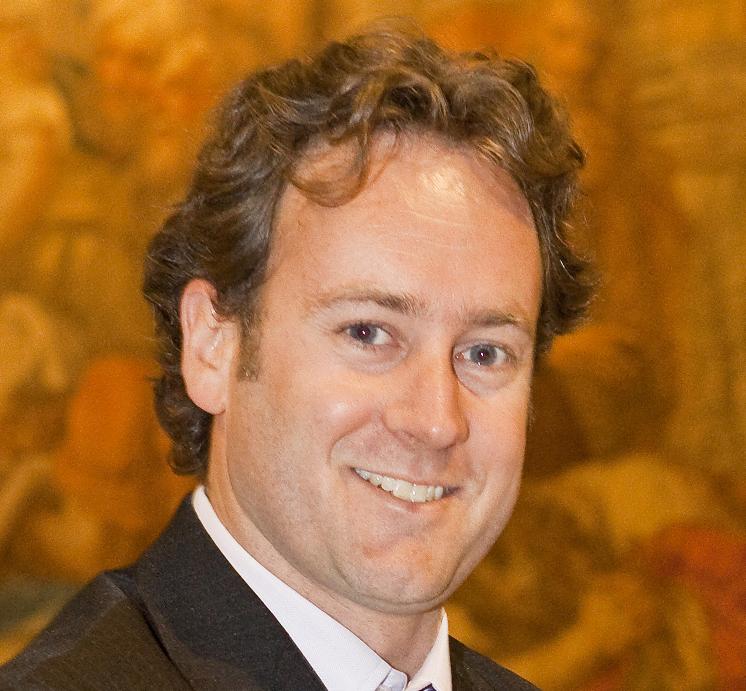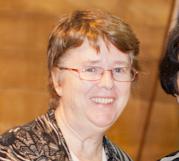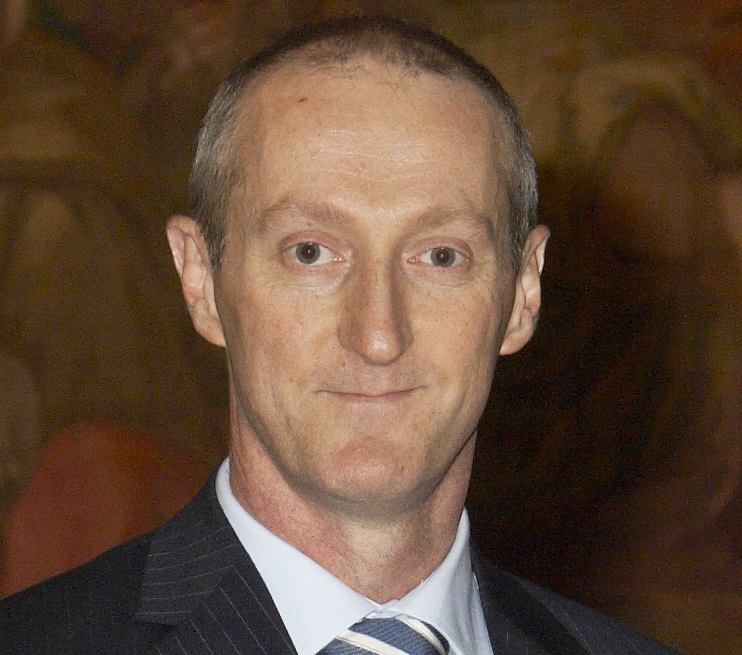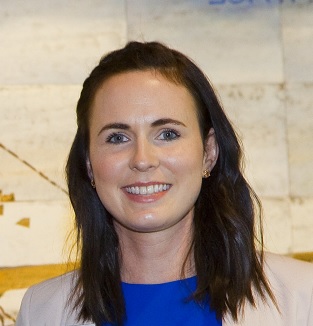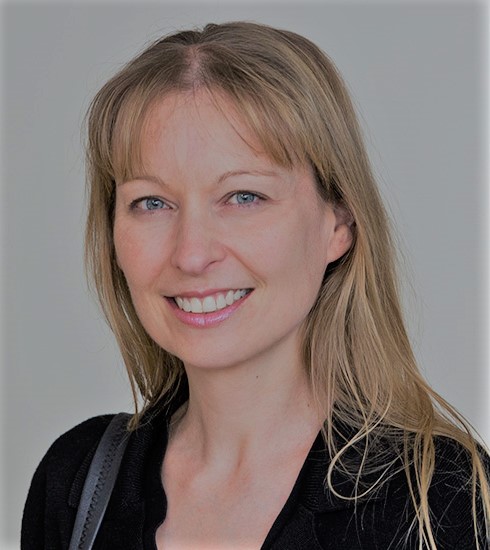
Search
10 Feb Migraine Award
...in the brain- the brainstem. But the controls for that circuitry are higher up- in the cerebral cortex, the conscious part of the brain. Migraine triggers cause neurons in the...25 Jan Migraine Award
...brain, but the controls for that circuitry are higher up- in the cerebral cortex, the conscious part of the brain. When a migraineur encounters one of her trigger factors, some...20 Jan Elizabeth Penfold Simpson Award
...cells was not to replace the neurons that died in the brain following the stroke, but it was other effects, such as factors that the cells secrete in the brain...20 Jan Parkinson’s Disease
...can protect the brain against the damage associated with PD and partially restore normal movement. Yet it is unclear exactly how this treatment has its protective effects. Most previous work...19 Jan Brain Injury Award
PROJECT SUMMARY: Participation in sport is an extremely popular activity among individuals of all ages. While there are considerable benefits to engaging in sporting activities, one of the potential consequences...19 Jan Cerebral Metastases Award
PROJECT SUMMARY: Melanoma is one of the deadliest tumours known to humans with the highest propensity of all primary cancers to metastasize to the brain. Despite recent advances in targeted...19 Jan Parkinson’s Disease Award
...refractory to treatment including medication and conventional forms of deep brain stimulation. Deep brain stimulation is a rapidly evolving therapy, where electrical stimulation is applied to specific brain regions via...15 Jan Paediatric Neurology Award
...evidence of brain injury, including stroke, on brain scans and at least another third have evidence of new brain injury after surgery. Children with heart disease are the most important...10 Dec Alzheimer’s Disease
...In 2019 A/Professor Peter Noakes was the recipient of Brain Foundation grant funding into Alzheimer’s – click for more. In 2018 A/Professor Amy Brodtmann was the recipient of Brain Foundation...27 Oct Other (Syringomyelia)
...enters the spinal cord and brain where it probably helps to maintain a constant biochemical environment for precise function of brain and spinal cord cells. Despite the critical role of...31 Oct Alzheimer’s and Other Neuro Degenerative Diseases
...proteins in the brain leads to loss of brain cells, thus causing a decline in memory and thinking, and as the disease progresses, a loss of self-care. Currently, there is...31 Oct Cerebral Diseases
...the CCM lesion to be in a respectable part of the brain. Due to CCM lesions presenting in variable size, number and locations in the brain, surgical removal is often...23 May Big Trivia
...to raise money for brain research than by challenging your brain! Thank you to Aspen and Allergan for their support, and to PR Consultant Kate Dorrell for her pro-bono time...16 Oct Cerebral Diseases
...remove these clots and restore blood flow to the brain, to prevent extensive and permanent damage to brain tissue. “Clot-busting” drugs that dissolve the blood clot (rtPA) are currently used...16 Oct Cerebral Diseases
...Protein phosphatase 2A (PP2A). However, we have shown that in a number of neurodegenerative diseases, like traumatic brain injury, Alzheimer’s, Parkinson’s and epilepsy, PP2A dysfunction and tau its hyperphosphorylated. This...16 Oct Neural Infections
...therapeutic targets for drug development. Zika virus causes brain damage mainly by targeting a type of immature brain cells called neural progenitor cells (NPCs), which divide and mature to form...27 Jan Parkinson’s Disease Award
Project Summary: Parkinson’s disease (PD) is caused by degeneration of dopamine-releasing (dopaminergic) neuronal circuits in the brain. Treatment involves dopaminergic medications, but the effectiveness of these medications is drastically limited...14 Nov Spinal Cerebrospinal Fluid (CSF) Leak
...the spinal dura and the CSF leaks out. When this fluid volume is reduced, there is less fluid available to support the normally floating brain inside the skull. The resulting...10 Dec Acoustic Neuroma
...here for the latest Australian research papers on Acoustic neuroma. Information National Institute on Deafness amd other Communication Disorders www.nidcd.nih.gov Vestibular Disorders Association www.vestibular.org Better Health Channel www.betterhealth.vic.gov.au Support Acoustic...11 Dec Blepharospasm
Description Benign essential blepharospasm (BEB) is a progressive neurological disorder characterized by involuntary muscle contractions and spasms of the eyelid muscles. It is not life-threatening It is a form of...11 Dec Tay-Sachs Disease
...Institute of Neurological Disorders and Stroke – USA www.ninds.nih.gov/Disorders/All-Disorders/Tay-Sachs-Disease-Information-Page National Institute of Health – USA www.nlm.nih.gov/medlineplus/ency/article/001417.htm Reviewed by Dr Carolyn Ellaway, Clinical Geneticist, The Children’s Hospital at Westmead, Australia...19 Jan Headache and Migraine Award
...The disorder is common in westernised countries – approx 12%, and shows a marked female preponderance (~3:1). A tendency for migraine to run in families also suggests a strong genetic...
 The Brain Foundation is the largest, independent funder of brain and spinal injury research in Australia. We believe research is the pathway to recovery.
The Brain Foundation is the largest, independent funder of brain and spinal injury research in Australia. We believe research is the pathway to recovery.PLEASE HELP US BY DONATING TO OUR RESEARCH PROGRAM.
